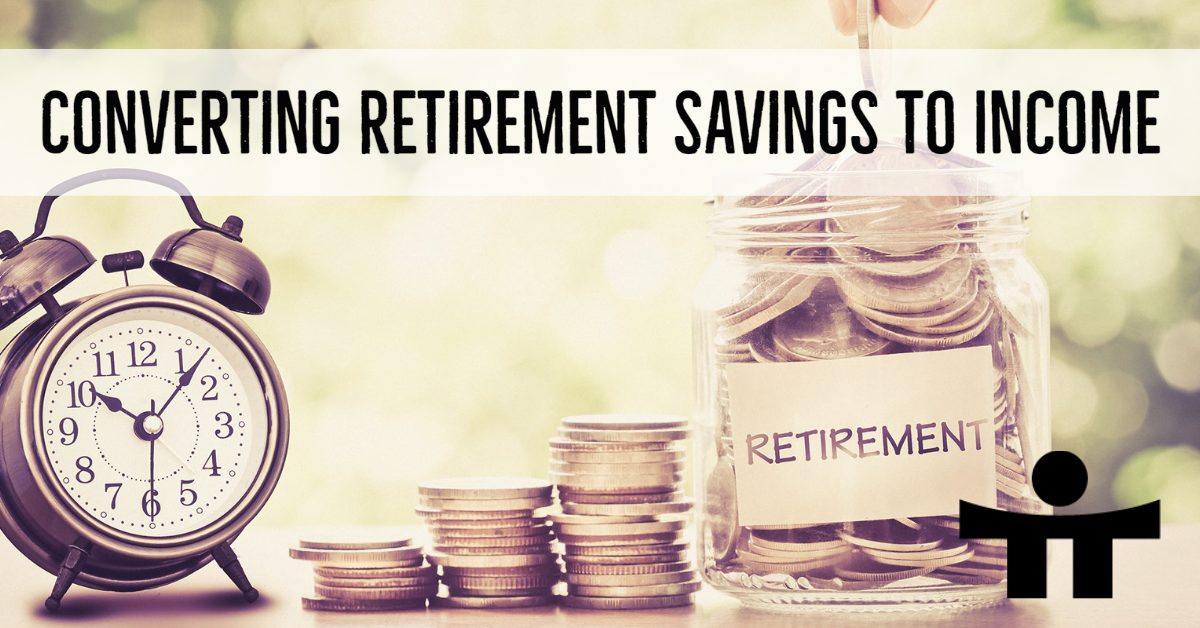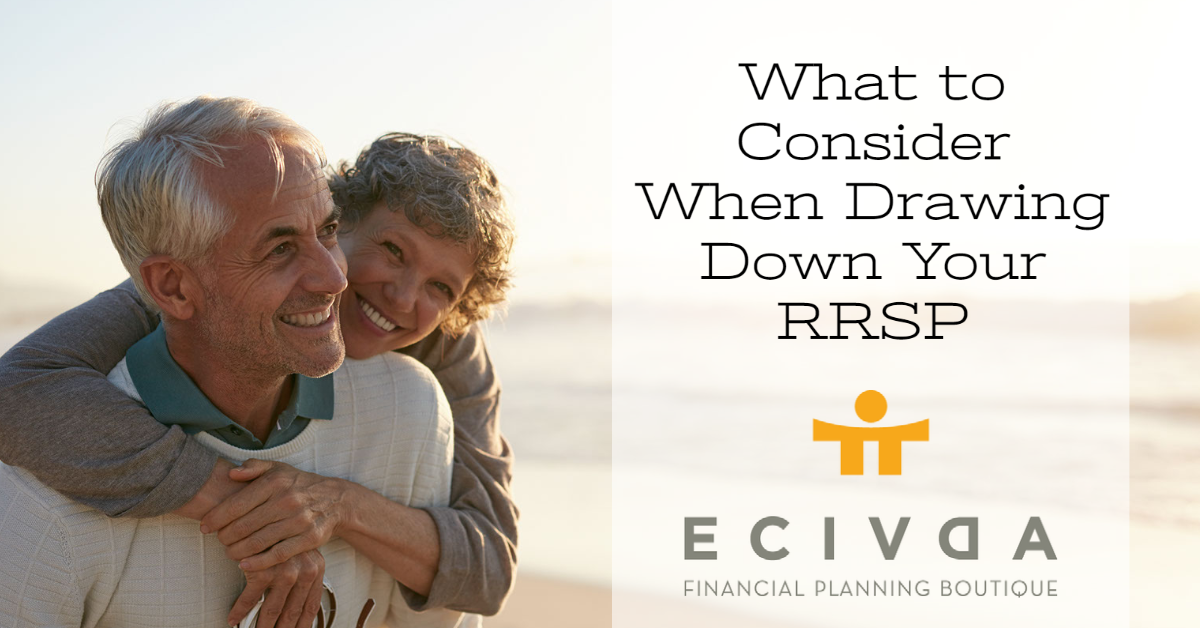Converting Retirement Savings to Income
By: Brian Adams, CLU, CH.F.C

You have worked hard all your life and have been saving for retirement. That day has finally come, you are ready to retire, and you wonder, what do you do now? What is the next step? This is probably one of the most asked questions we get as financial advisors.
It is quite simple really! You are just exchanging one investment product for another. One is an accumulation product and the other is an income product. The important thing to remember is that there are different rules governing pension proceeds and not all pension plans allow conversion to a personal income plan.
So why go to all this trouble? Why not just take an annuity from your pension? What is important to remember is that although a pension annuity provides you with a lifetime income, unless it is significantly indexed like a federal government plan, it has some disadvantages. First, it means in most cases that your spouse will only receive 60% of your retirement income at your death. Further, your retirement proceeds cannot pass on to your children or another beneficiary. They simply go back in the pot as it were. Also, you will have no say in how your retirement income is invested and you will not be able to vary the amount of income you receive.
So, what it boils down to is how much control do you want to have over your money?
You can convert your pension money into two different products. Any voluntary contributions that you have made to your pension plan can just be converted into a RRIF just like your RRSP. However, any contributions made by your employer are what we call locked-in. This means that they are governed by those pension rules I mention earlier.
As a result, this money must either go into an annuity or a life income fund (LIF). A LIF works like a RRIF, except that there are minimums and maximums that must be paid out based on age. You can also split this money and have some of it in an annuity and some of it in a LIF.
Before the money goes into a LIF however, it must first be converted into a locked-in retirement account (LIRA). This satisfies the pension rules governing locking-in of pension money. The good news is you also have the option (in Ontario) to unlock up to 50% of that locked pension money and put it into a RRSP or RRIF with no limitations as to income flow!
One of the other considerations is making sure that we can offer the same or greater income from these proceeds. Since most pension plans are invested so conservatively, we can usually meet or beat the income they provide. Most times we can do this with a very low risk investment of the proceeds.
So, you could have retirement income coming from a RRIF, a LIF, and an Annuity. Along with indexed income from your government CPP and OAS programs.
Now go out there and enjoy your retirement!
For more information, click HERE.


